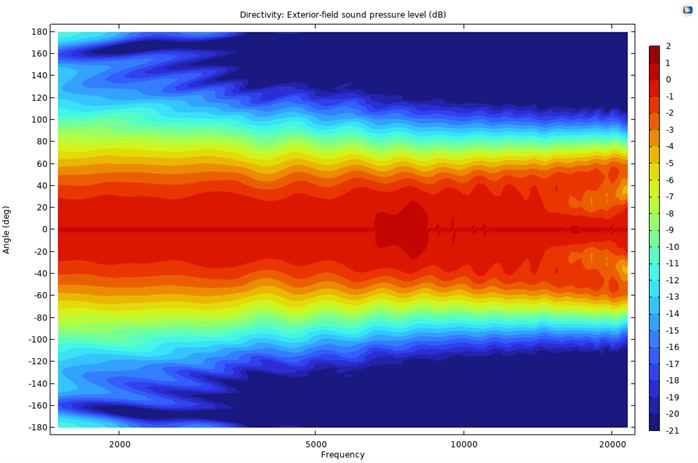Main reason I chose those was mainly for vibration etc. If I use a denser material then I won't have to worry nearly as much. Now, I am also lining the inside pretty heavily so that may be enough, but I am not sure.
PEEK density is 1.32 g/cm3, ABS median density according to Wikipedia is median, 1.07 g/cm3, and the humble PLA is 1.2 - 1.4... so you're gaining a tiny bit of density over the most basic filament, but both are denser than MDF (about 0.7), and cement is denser than any of those. So if you wanted to max out density I would suggest A) just don't worry about it and do a 100% infill PLA print, or B) go crazy and fill a hollow PLA / ABS print with concrete.
I guess my point is you don't need to use high-end 3D printing materials to get a dense-enough baffle. You will end up paying a lot more for the specialty printing without getting much more mass into the baffle.
Using the expensive stuff not be a problem, but if the first design doesn't work and you need to go back and get more prints, it could get expensive and tedious.
Personally I would definitely use the cheaper / easier material, because I would say 9/10 times when I design and print something with hardware fittings, I have to redo it to get the fit right. Printing tolerances vary a fraction of a millimeter which can prevent a decent fit and require you to go back and add the tolerance to the design.
If you do decide to go with the expensive stuff anyway, I would highly recommend getting a test batch printed, where you print several versions of the holes / fittings that you need to fit hardware into with different tolerances, so you can use the correct one in the final design. For my QRD diffuser I tested 0.1 - 0.4mm tolerances for the tab fittings in 0.1mm steps to find the right one.
But still, I think the PEEK and PC and even nylon filaments are only when you need really good mechanical properties for structures or moving parts, if you're not worried about it breaking then it's kind of a waste of time and money.


